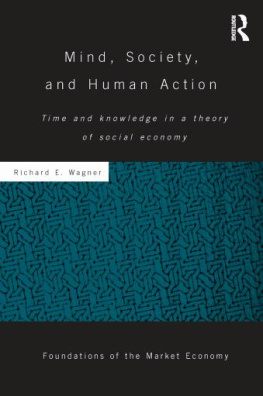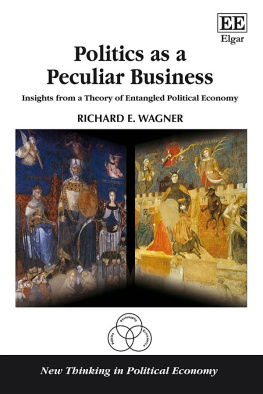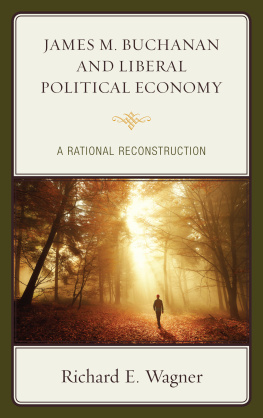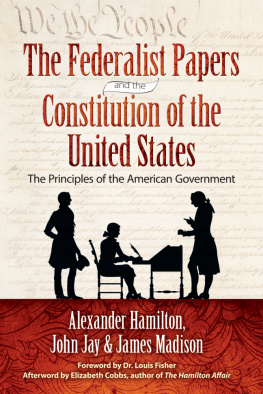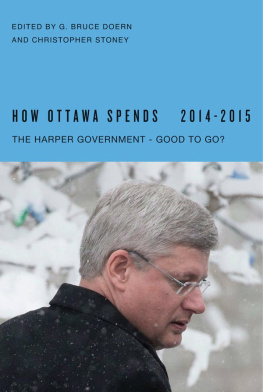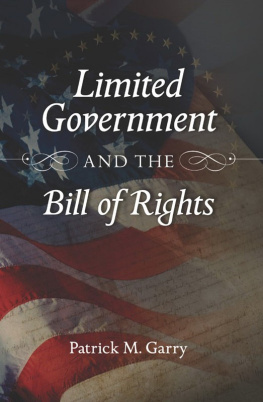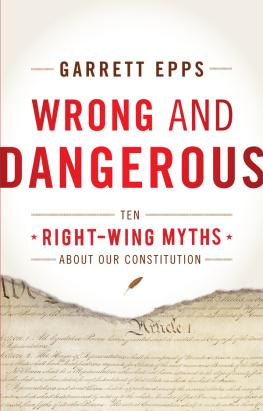The Cato Institute
The Cato Institute is named for the libertarian pamphlets, Cato's Letters , which were inspired by the Roman Stoic, Cato the Younger. Written by John Trenchard and Thomas Gordon, Cato's Letters were widely read in the American colonies in the early eighteenth century and played a major role in laying the philosophical foundation for the revolution that followed.
The erosion of civil and economic liberties in the modern world has occurred in concert with a widening array of social problems. These disturbing developments have resulted from a major failure to examine social problems in terms of the fundamental principles of human dignity, economic welfare, and justice.
The Cato Institute aims to broaden public policy debate by sponsoring programs designed to assist both the scholar and the concerned layperson in analyzing questions of political economy.
The programs of the Cato Institute include the sponsorship and publication of basic research in social philosophy and public policy; publication of major journals on the scholarship of liberty and commentary on political affairs; production of debate forums for radio; and organization of an extensive program of symposia, seminars, and conferences.
CATO INSTITUTE
747 Front Street
San Francisco, California 94111
Balanced Budgets,
Fiscal Responsibility,
and the Constitution
Balanced Budgets,
Fiscal Responsibility,
and the Constitution
RICHARD E. WAGNER and
ROBERT D.TOLLISON
Cato Public Policy Research Monograph No. 1
Copyright 1980 by the Cato Institute.
All rights reserved.
ISBN: 0-932790-12-7
Printed in the United States of America.
CATO INSTITUTE
747 Front Street
San Francisco, California 94111
PREFACE
Thirty states have now called for a constitutional convention to consider an amendment that would require the federal government to balance its budget. This is only four states short of the number required by Article V of the U.S. Constitution to convene a convention. Besides this approval by 60 percent of the states, various polls have shown that between 70 and 80 percent of all Americans favor such an amendment. Only in the federal legislaturewhere the deficit spending originateshas the idea of a balanced budget amendment been received coolly. It is possible that Congress will not always be so reluctant. Between 1901 and 1911 thirty states called for a constitutional convention to consider the direct election of senators. Only one more state was needed at that time to convene a convention. Fearful of appearing not to be leading the nation, Congress responded in 1912 by proposing the seventeenth amendment, which was adopted in 1913. Congress may similarly overcome its reluctance to embrace the balanced budget. Whatever Congress does, however, we will surely be hearing a lot about balanced budgets in the coming months.
The balanced budget amendment raises an issue of economic principle. Some people suggest that a balanced budget amendment would be the height of fiscal folly, for it would hamstring the government's ability to use budgetary policy to promote prosperity. Others argue that a balanced budget is one necessary element in a program of fiscal responsibility, to which we must adhere if the budgetary affairs of the state are to be consistent with the promotion of our common prosperity. Besides examining this issue of economic principle, it is also important to explore some points of practice. Even though one might recognize that a balanced budget is desirable in principle, one might be concerned about how this principle would be put into practice. After assessing the balanced budget amendment in terms of economic and fiscal principle, this monograph considers various issues of practice that would inform an actual balanced budget amendment.
I. FROM FISCAL RESPONSIBILITY
TO CHRONIC DEFICITS
Surpluses, Deficits, and Our Changing Budgetary History
During the century and a half before the Great Depression, budget deficits were essentially limited to times of war and recession. Budget surpluses were typical in other periods, and they were used to reduce the national debt that had accumulated during the times of war and recession. Between 1795 and 1811, our national debt was reduced by nearly half, from $83.8 million to $45.2 million. Moreover, budget surpluses tended to be quite large, for they averaged about $2.5 million annually in a budget in which total expenditures averaged only about $8 million.
The War of 1812 brought deficits once again. Between 1815 and 1836, eighteen surpluses in twenty-one years had reduced the national debt from $127 million to $337,000. We experienced a major depression during 1837-43 and then, four years later, the Mexican-American War. The 1850s saw eight years of surplus, but then came the Civil War. By the end of 1865, our national debt was $2.7 billion. By the end of 1893, twenty-eight consecutive years of budget surplus had reduced the national debt to $961 million. During this period, about 25 percent of all public expenditure was devoted to debt amortization.
After the Spanish-American War, the national debt was reducedthough slowly in comparison with our earlier experiencefrom $1.4 billion to $1.2 billion by 1917, when we got involved in World War I. The $25.5 billion of national debt in 1918 was reduced by eleven consecutive years of surplus to $16.2 billion by 1930. Then came sixteen years of deficit with the Great Depression and World War II, leaving a national debt of $169.4 billion in 1946.
While the Great Depression and World War II brought us a decade and a half of deficits, this pattern did not depart from our previous experience during recessions and wars. Between 1947 and 1960, there were seven years of surplus and seven years of deficit. With $32 billion of deficits and $31 billion of surpluses, the budget can be said to have been roughly balanced over this period. This period differed from similar periods earlier in our history in that no conscious effort was made to reduce the previously accumulated national debt, though it might also be noted that we fought a war in Korea during this time. Looking back, we can see the Truman and Eisenhower years as an interregnum that separated the former period of general opposition to budget deficits from the post-1960 period epitomized by budget deficits under all circumstances.
Since 1960, budget deficits have become a way of life. During this period we have had only one year of budget surplus, 1969, and this was only $3 billion. The remaining budgets during this two-decade period were all in deficit, and the total deficit accumulated during these two decades exceeds $400 billion. It appears that a watershed in our fiscal history was reached around 1960.
Constitutional Erosion and Chronic Budget Deficits
This shift from balanced budgets to chronic deficits occurred because of some fundamental changes in the constraints within which Congress makes its budgetary decisions. Some of these changes made money creation easier. Under the gold standard in operation before World War I, inflation would be offset by a drainage of gold that would reduce the stock of money. This would occur because prices in the inflating country would rise relative to those in other countries. Consumers would then find imports more attractive, and as they purchased more from abroad, a gold outflow would result. The pattern of U.S. monetary history after World War I was one of reducing the constraints on domestic monetary authorities. In 1933, for instance, the U.S. government prohibited American citizens' redeeming their currency for gold. The constraints on issuing paper money consequently became looser. The gold reserve standard of the postwar period did less to restrict the money-creating actions of government. However, this system was more restrictive than the purely fiduciary standard our government embraced in 1971 when President Nixon repudiated the gold convertibility of the dollar, thereby removing the last external constraint on money creation. This pattern of development in our monetary order cannot be said to have directly caused our chronic deficits. However, by facilitating the creation of money, this development encouraged deficit finance, as will become clear later when we examine government borrowing and money creation.


